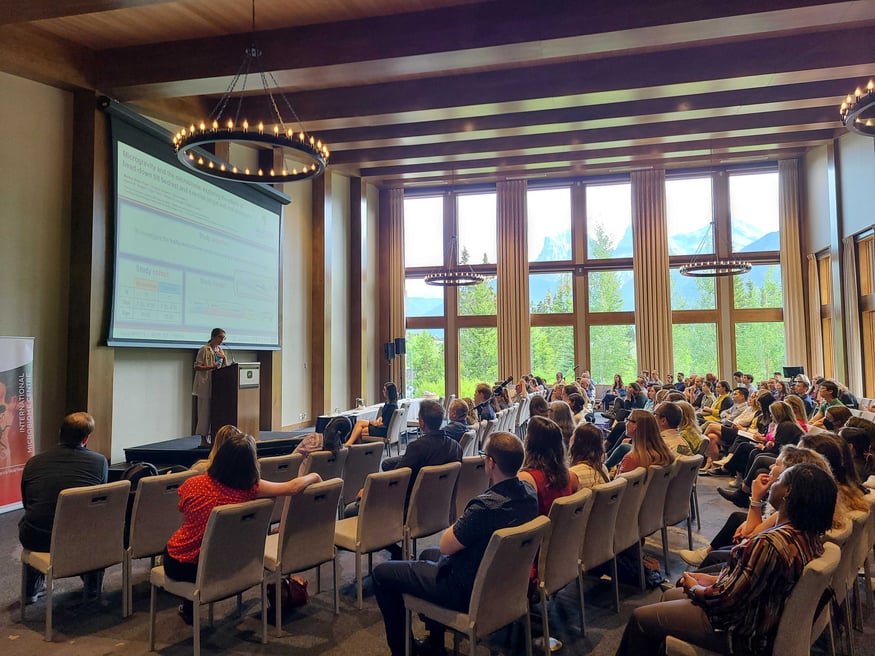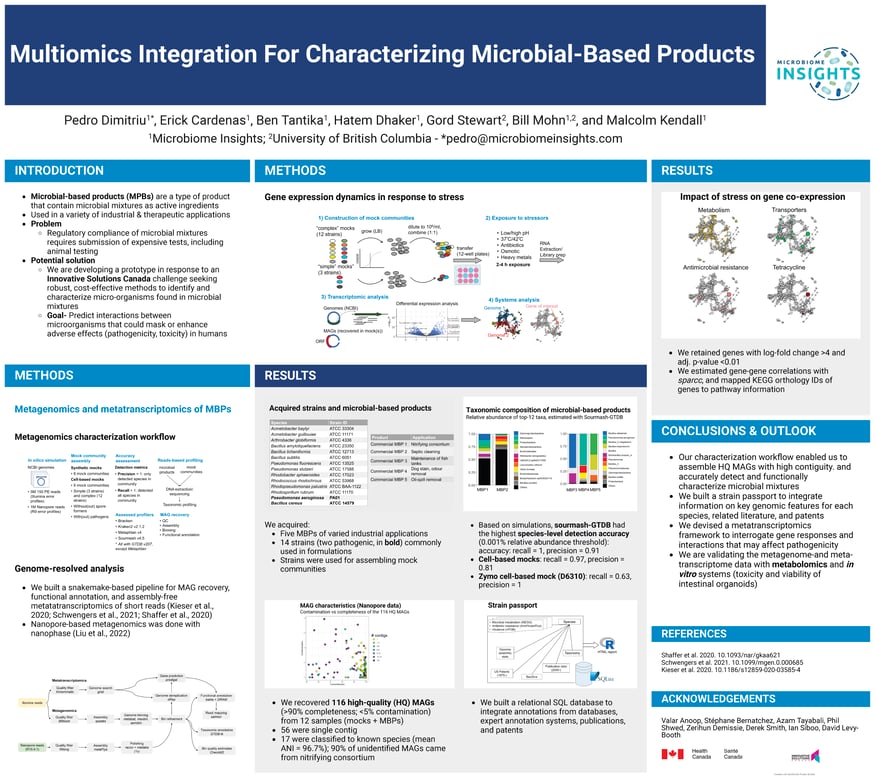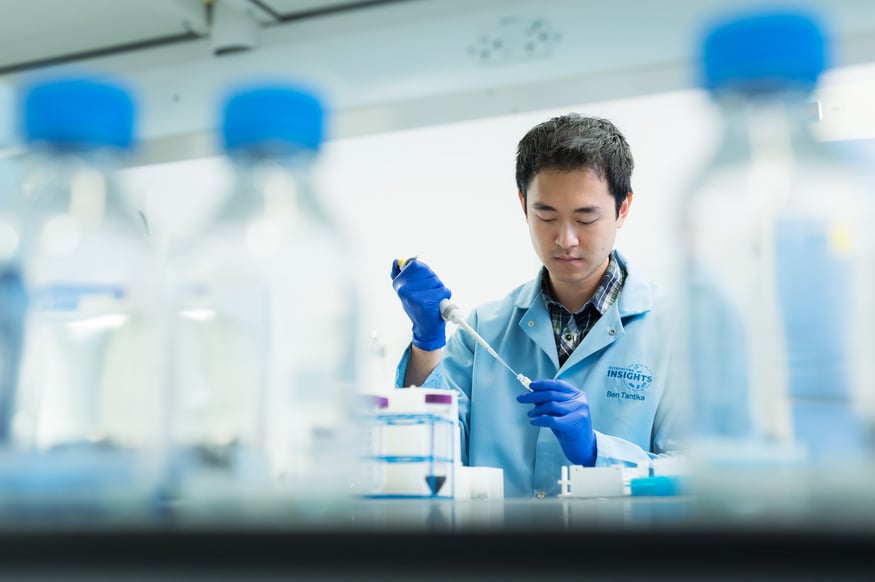We were honored to sponsor and to attend the Having IMPACTT 3: Advancing Microbiome Research Symposium from July 10th to 12th, 2023 held at the Malcolm Hotel in Canmore, Alberta. Organized by the Integrated Microbiome Platforms for Advancing Causation Testing and Translation (IMPACTT) and the...

About Pedro Dimitriu
Senior Director of Bioinformatics Pedro Dimitriu is MBI’s senior scientist and Senior Director of bioinformatics. He is in charge of integrating sequencing data, ecological statistics, and machine learning methods to study host–microbe interactions. Before joining the company, Pedro was a postdoctoral fellow at UBC’s Department of Microbiology and Immunology. There, he and his collaborators spearheaded efforts to understand how the human gut and lung microbiomes interact to influence health and disease. He has authored and co-authored publications in the leading scientific journals Science Translational Medicine, American Journal of Respiratory and Critical Care Medicine, and Journal of Allergy and Clinical immunology.
Entries by Pedro Dimitriu
Poster: Multiomics Integration For Characterizing Microbial-Based Products
August 17, 2023/by Pedro DimitriuAbstract:
Microbial-based products (MBPs) are a type of “green” product that contains microbes as active ingredients. In 2019, Health Canada and Innovative Solutions Canada put forward a challenge seeking robust and cost-effective solutions to identify, characterize and predict possible...
What we will review in this blog:
How to Design a Skin Microbiome Study, Part II: Amplicon Sequencing
January 15, 2018/by Pedro DimitriuIn this post, the second of a 2-part series on skin microbiome research, we will discuss technical issues surrounding sequencing of human skin microbes. Read the first blog post here.
How to Design a Skin Microbiome Study, Part I: Sampling
January 7, 2018/by Pedro DimitriuIn this post, the first of a 2-part series on skin microbiome research, we will discuss technical issues surrounding sampling of human skin microbes. Read part II.





